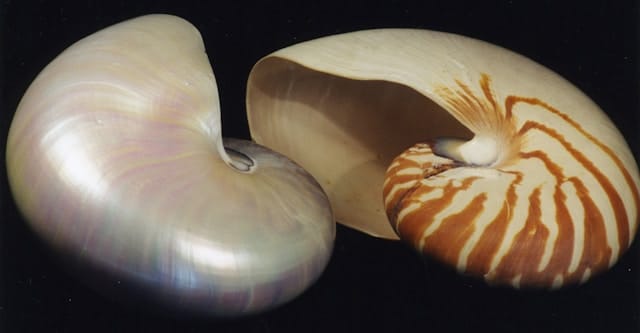Quantum Gravity 101

Sebastian Gutierrez
Published: Apr 2, 2025

What is Quantum Gravity?
In physics, the fundamental forces are interactions in nature that appear not to be reducible to more basic interactions. There are four fundamental interactions known to exist:
- Gravity
- Electromagnetism
- Weak Interaction
- Strong Interaction
The Quantum Mechanics Theory describes three of the four fundamental forces: the electromagnetic interaction, the strong force, and the weak force.
Gravity is the only interaction that has not been fully accommodated within Quantum Mechanics.
Quantum Gravity is a theoretical framework that attempts to unify the two pillars of modern physics: general relativity (which describes gravity and large-scale phenomena like stars, black holes, and planets) and quantum mechanics (which governs subatomic particles and fields).
For now, they don’t play nicely together.
In broadstrokes, General Relativity models Gravity as curvature of spacetime while Quantum Mechanics is typically modelled with a flat spacetime.
In other words, General Relativity treats spacetime as smooth and continuous, while quantum mechanics reveals a probabilistic, discrete nature at very small scales.
Why Does Quantum Gravity Matter?
- It aims to explain how gravity behaves at the Planck scale which are distances and energies far beyond our current experiments. 1 Planck Length is $\ 1.616 × 10^-35$ meters and is considered the smallest meaningful unit of length in physics.
- It could resolve paradoxes like:
- What happens at the center of a black hole?
- What actually evaporates in Hawking radiation?
- Is spacetime emergent or fundamental?
- It could unify gravity with the other forces: electromagnetism, the weak force, and the strong force.
Where Quantum Gravity Research Shows Up
| Area | Example |
|---|---|
| String Theory | Gravity emerges from vibrating one-dimensional strings |
| Loop Quantum Gravity | Spacetime is quantized like a fabric of loops |
| Quantum Field Theory in Curved Space | Used in early-universe cosmology |
| Black Hole Thermodynamics | Information paradox, entropy, firewall debate |
| Theoretical Cosmology | Attempts to model inflation, dark energy, and the multiverse |
Common Misconceptions About Quantum Gravity
-
❌ “Quantum gravity is proven.”
✅ It’s still entirely theoretical. No experimental confirmation yet. -
❌ “It’s directly useful for human-scale applications.”
✅ Most effects only show up at incredibly small scales or high energies but not in orbit or a centrifuge. -
❌ “We’ll need quantum gravity to build space stations.”
✅ Not even close. Newtonian and Einsteinian gravity still dominate engineering design.
How Spark Gravity Thinks About This
At Spark Gravity, we love the ideas behind quantum gravity (and are still learning it). For our day to day research and engineering, we focus on applied, human-scale gravity.
We’re working to make gravity programmable for biology, for materials, and for orbital infrastructure. We operate in regimes where Newtonian mechanics and general relativity are still sufficient.
If quantum gravity ever becomes testable in orbit, we’ll be first in line. But for now, we’re building the platforms that make today’s science more accessible.
Want to Go Deeper?
Stay in orbit with Spark Gravity
Subscribe for new posts, interviews, and updates on artificial gravity, space infrastructure, and orbital research.
No spam. Just updates on space, science, and the future of gravity.